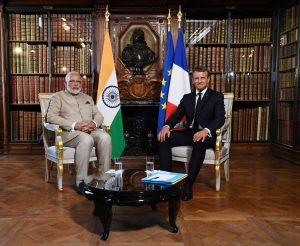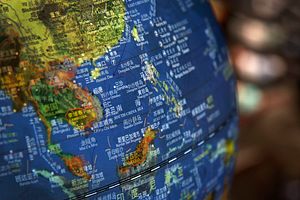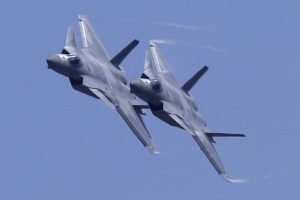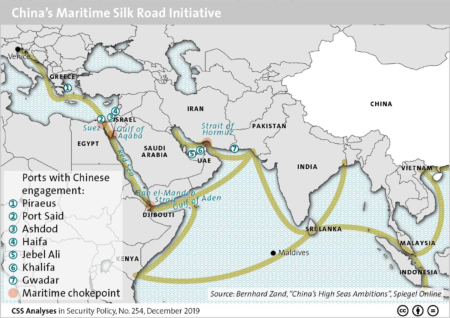By Lakhvinder Singh
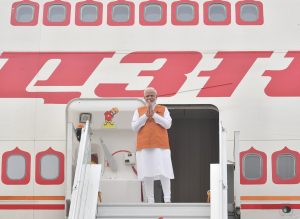 India needs to drastically overhaul its current strategy – or risk ceding the region to Chinese control.
India needs to drastically overhaul its current strategy – or risk ceding the region to Chinese control.
The successful completion of the Regional Comprehensive Economic Partnership (RCEP) with Asia-Pacific countries is more evidence that the center of gravity in the region continues to move toward China. The United States, which long dominated the region both economically and militarily, is being pushed back and the vacuum is being filled mainly by China, which is emerging as the largest trading partner with most counties in the region and is on the road to becoming the biggest military power as well. Given the growth of China’s economy and the developmental projects it is carrying out under the Belt and Road Initiative in recent years, more and more counties are aligning themselves with China.
China’s soft power is also on the rise. Increasingly regional students prefer to study at Chinese universities. Slowly the “American Dream” is being replaced by the “Chinese Dream.” This Chinese charm offensive is expected to accelerate in the coming years. The worldwide network of Confucius Institutes and Chinese-controlled international media are playing a major role in increasing and spreading its soft power influence. It is just a matter of time before all roads literally lead to Beijing.

